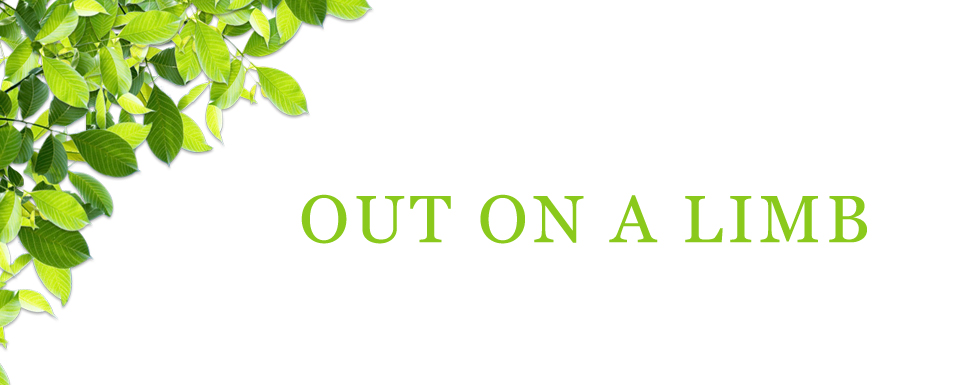An Embarrassment of Riches
I just returned from the supermarket and, upon emptying my bags, realized I had bought the wrong kind of crackers. O bother! I hate food shopping and not to have brought home the right product was a nuisance.
Part of the reason I hate shopping is because it is so time consuming and part of the reason it is so time consuming is the very thing that led to my making the wrong choice in the first place—too many products. I had searched through the 10 different flavors of Triscuits only to pick up the wrong one.
The proliferation of choices in the supermarket—whether it be for snacks, shampoo, cereal, laundry products, juices, soft drinks—even water, for heaven’s sake—is enough to bedazzle and bemuse. And it’s getting worse. Tropicana, which turns out freshly pulped juice in more than 20 different varieties—up from just six in 2004—has just announced its two newest variations, Tropicana Kids and Tropicana Coco Blends. Coco and orange juice?
I do not have time for this. I don’t want to rummage through hair products that promise to provide volume, add sheen to gray hair, preserve hair dye, cure dandruff, moisturize, texturize or any other “ize.” And I am not alone. When Procter & Gamble trimmed its range of Head & Shoulders shampoos from 26 to 15, sales increased by 10 percent.
I don’t want a whole row of olive oils, shelves full of different kinds of rice, or a plethora of pastas. I don’t want to balance the relative virtues of 57 kinds of catsup, mull over the merits of mustards, weigh the qualities of different types of muffins.
And this glut is not confined to the supermarket. We are deluged with choices no matter where we look. I just tried to buy a pair of sandals online. There were hundreds of choices and, even more confusingly, hundreds of reviews. This one said the desired style fit just right, another said the same shoe was too wide, yet another that it was too narrow, too long, too everything. I went from style to style, like a bee hovering over flowers, paralyzed by the possibility of choosing the wrong one. Eventually, still shoeless, I turned away from the process, but my computer continues to bombard me with ads showing me even more selections. Bah!
Even our relationships are complicated by too many choices. I have been happily settled with the same man—chosen the old-fashioned way, at college—for decades. But I am told that most adult relationships are now initiated through online matchmaking sites. We are able to compare, side by side, the candidates’ for our affections from the sites offering far more choices than we are ever likely to encounter in real life. With those choices comes the pressure to make the “right” choice, to select the perfect partner. And even having made a choice does not end the speculation—what if there is a better candidate still lurking in the site’s files?
Americans pride themselves on being free to make choices for their own lives. Any sense that our right to make our own decisions is being curtailed is stoutly opposed. But there is growing scientific evidence that choosing among too many items or social situations is, in fact, detrimental to happiness.
Psychologist Barry Schwartz was among the first to articulate the phenomenon. In his book, The Paradox of Choice: Why More Is Less, he argues that instead of increasing our sense of well-being, an abundance of choice increases levels of anxiety, depression and wasted time. In the book, he explored the stress people feel when confronted with too many opportunities and the regret that follows from choosing poorly. He also discusses the difficulty of satisfying raised expectations, and the tarnished sense of self that comes from comparing our choices with the choices of others.
Schwartz argues that manufacturers are less concerned with whether all their products perform equally than they are with claiming display space. He said competing brands are in a turf war for shelf space. “If Pepsi makes 12 different soft drinks and they’re all going to have some shelf space, that’s shelf space that Coke doesn’t have. It’s a huge battle for linear feet. So, to some degree, Pepsi doesn’t even care whether some of their products make money, because they’re there basically to preempt Coke,” he told The Economist.
There is some evidence, however, that fewer choices are, in fact, good for business. Sheena Iyengar, a professor of business at Columbia University and the author of The Art of Choosing, conducted a study in which samples of Wilkin & Sons jams were offered. Every few hours, they switched from offering a selection of 24 jams to a group of six. On average, customers tasted two jams, regardless of the size of the assortment. Each person received a $1 coupon good for one Wilkin & Sons jam.
Sixty percent of customers were drawn to the large assortment while only 40 percent stopped by the small one. But 30 percent of the people who had sampled from the small assortment decided to buy jam while only 3 percent of those confronted with the two dozen jams purchased any.
Schwarz argues that there may be a point where the effort needed to obtain information with which to make an informed choice outweighs the benefit of having items to choose among. “At this point”, he writes in The Paradox of Choice, “choice no longer liberates, but debilitates. It might even be said to tyrannize.” As a French adage advises, “Trop de choix tue le choix” (too much choice kills the choice).

